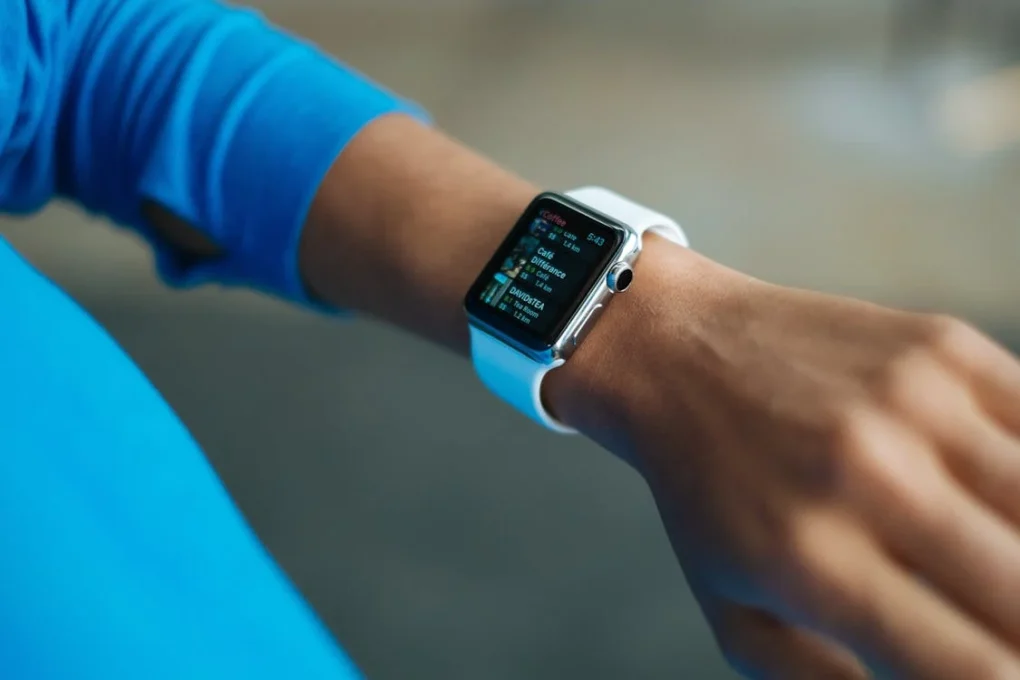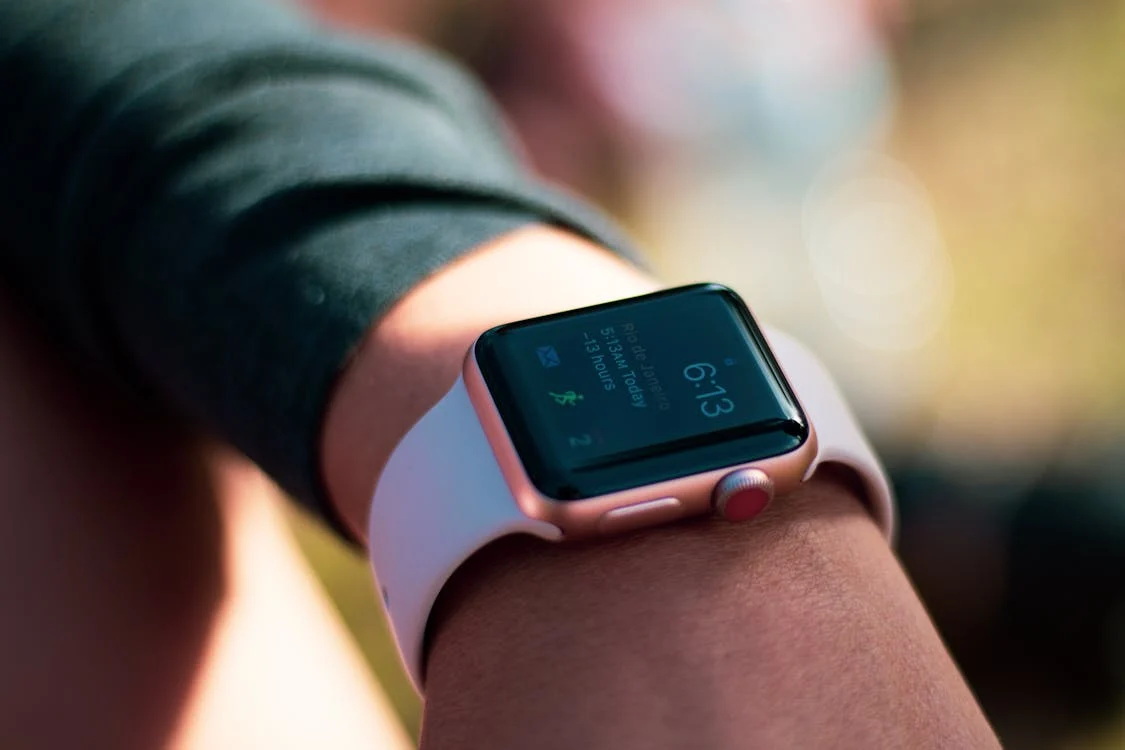Perhaps one of the coolest things about the Apple ecosystem is how seamlessly the iPhone and Apple Watch integrate. If you have an Apple Watch, chances are you know how easy it is for your Watch to talk to your iPhone and how easy it is for your iPhone to communicate back. But what can you share between the two of you, and perhaps more importantly, how? 
What can be shared between iPhone and Apple Watch?
A link connecting your iPhone to your Apple Watch is not just a connection. Instead, it is more like a bridge through which data of any magnitude may be passed between two different devices. Here are the types of data that could be shared:

1. Fitness and health data
One very impressive element on the Apple Watch: fitness and health tracking-really, everything: how many steps you walk during the day, what’s your heart rate? Did you start new exercise regimens? It syncs seamlessly with your iPhone and Health app, enabling almost every turn to track time you’ve spent on some element or another, and allowing one to share the experience of that progress with the medical professionals or fitness-related applications.
Notice
The most convenient part of the Apple Watch is how it mirrors the notifications that are coming from your iPhone. Whether it’s a text, email, or alert from social media, your watch will keep you in the loop without constantly touching your phone. In addition, you can filter which notifications are mirrored on your Apple Watch to only have the most important get to your wrist.
3. App Data
This is also the place where most of your apps on your Apple Watch will sync with their equivalent apps on your iPhone so that you don’t have to start all over. If you’re using a to-do list app like Things, for example, you can add tasks from your watch, and they’ll appear on your iPhone as well as vice versa. This is the case with music apps like Apple Music, which lets you share playlists and preferences with another device or navigation apps like Apple Maps, which lets you start getting directions from your phone and send directions to your watch. You can continue from where you left off. off.
4. messages and calls
Your Apple Watch lets you send and receive text messages and calls directly from your wrist. Most useful of this is when the option is available, though-that is, when the watch is connected to the iPhone. The same applies when using a cellular Apple Watch. Still, this happens to be one of the best examples of how two devices can share their data with one another: it is tight in integration. You might then begin something on the iPhone and just pick it up right where you were when you do the same action on the Apple Watch.
5. Portrait
This may not be a screen in which you can view good-looking photos, but one cool feature is that it syncs a small collection of photos and an album from your iPhone to watch. You can use the ones to add variety on the watch or just view when it is convenient.
6. Calendar Event
Your iPhone and your Apple Watch share calendar events that allow you to stay organized regarding your schedule. Your device will remind you about your events, show what is coming up, and, if applicable, provide options to RSVP from the watch. All changes go out to your watch from the connected iPhone, or vice versa, instantly.
7. Wallet and Apple Pay
Other great deals include Apple Pay, taking advantage of amazing integration between the iPhone and the Apple Watch. Keep your credit cards, boarding passes, and event tickets in the Wallet app on the iPhone, and they’re right there on your wrist as well. Do all that, and you’re able to pay your fare, board a plane, or enter an event using a simple tap of the wrist.
Practical tips on how to improve data sharing between iPhone and Apple Watch
With the above overview of what exactly sharable information is, we can now move to the next practical tips on this area.

1. Keep your device updated .
Both your iPhone as well as your Apple Watch should have the latest versions of iOS and watchOS. Upgrades usually contain performance improvements and new features that may improve the capabilities of data sharing.
- 2. Set up iCloud for seamless syncing.
- Get iCloud on both devices. This way, your data will stay updated, such as messages, photos, and information about different apps. This is something that is essential when working with apps that require access to an iCloud account, such as Photos and Notes.
- 3. adjust notifications
- Take a moment to set which notifications are shared between your iPhone and watch; otherwise, you drive yourself crazy. You do this on your Watch app, in Notifications.
- 4. Manage storage sensibly.
But remember, the Apple Watch has very limited storage, so you may not want to sync everything. For example, you may want to sync your favorite music playlists to your watch, not your entire music library. Similarly, instead of trying to sync an album of thousands of images, there is a very small and meaningful function to sync.
, for example, you could pick up reading it on your Apple Watch. First, make sure Bluetooth Handoff is enabled on both devices—in the Settings app on your iPhone, under General > AirPlay & Handoff—to take full advantage of this feature.
Also check Apple iPhone 16 Review: Hands-on Impressions – What to Expect from 2024 Smartphones
Limitations of Data Sharing
While the functionalities of the iPhone and Apple Watch are immense, there is some limitation in respect of how data is shared between them:
1. Dependent on Proximity
Most of the features involving the transfer of data between the two devices require proximity. In case your watch isn’t a cellular model, it needs to stay within Bluetooth range—about 33 feet—of your iPhone for it to function in totality.
2. Limited App Functionality
There’s no doubt the lack of an Apple Watch counterpart for all iPhone apps is a significant restriction in this respect. But that’s slowly changing now that there are more and more Apple Watch developers than before.
3. It reduces battery life.
Sharing data does, however, reduce battery life on both the Apple Watch and iPhone, particularly in heavy use scenarios where continuous heart rate tracking or GPS workout tracking are involved.
Conclusion
The core functionality includes sharing data between the iPhone and Apple Watch, which makes operating both devices even more functional and convenient. From activity tracking to notifications, there is a long list of options when it comes to sharing data; this would offer the user an immense deal of benefits. Knowing what information can be shared and how will help in getting your Apple ecosystem fine-tuned.

One thought on “Can you share data between iPhone and Apple Watch?”